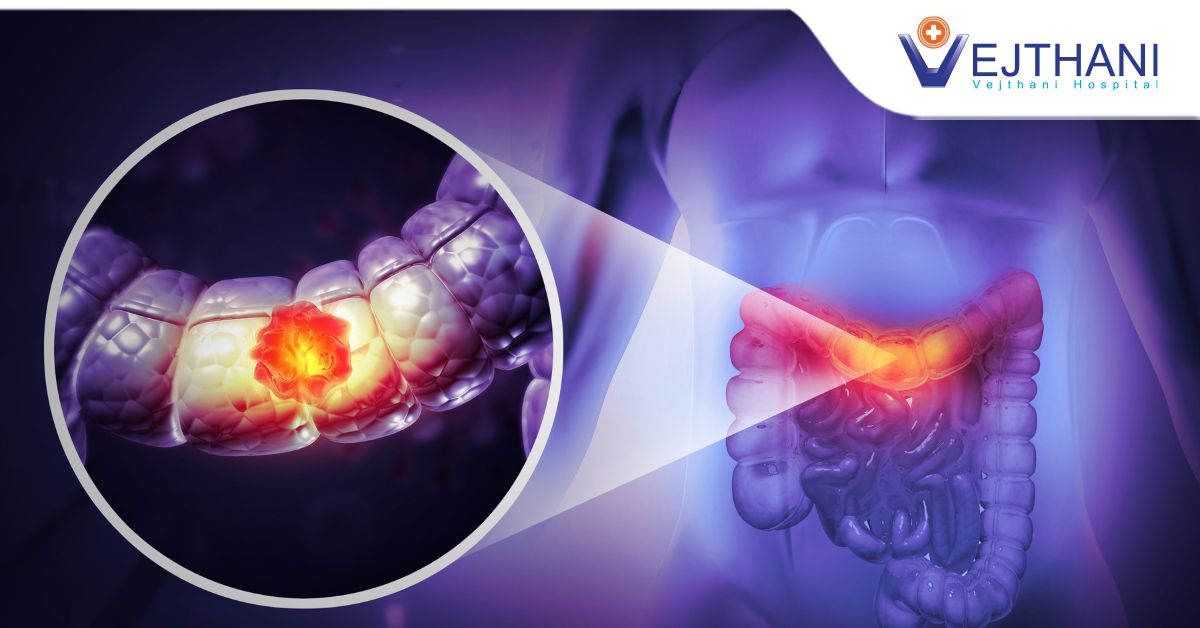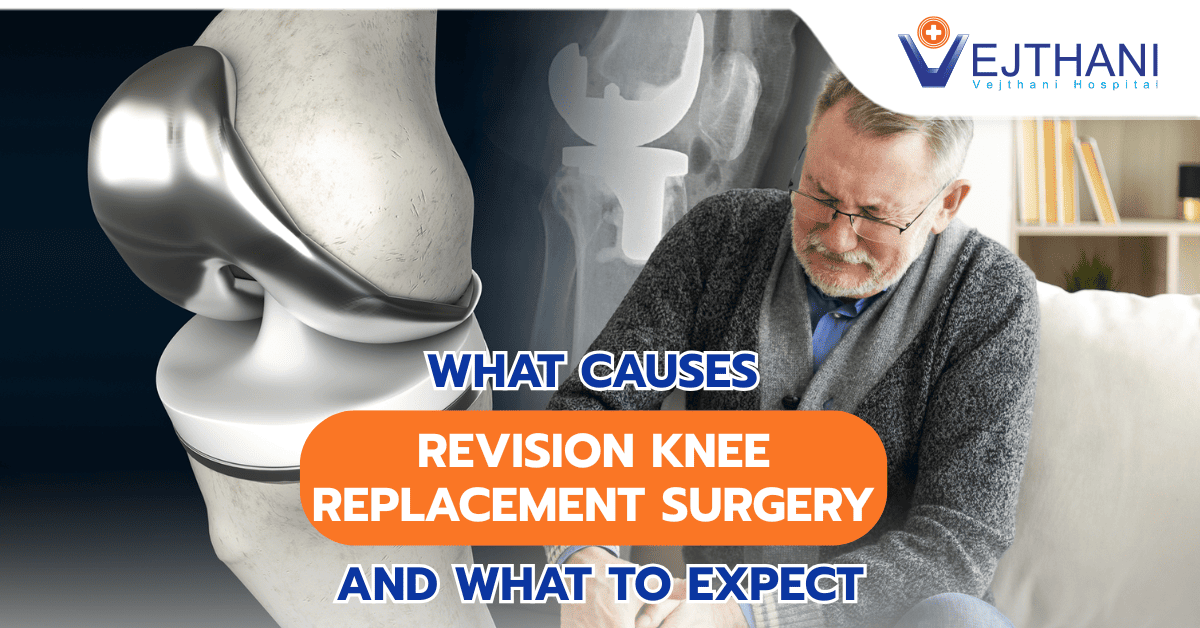
Lymphatic drainage massage
Overview
Lymphatic drainage massage, also known as manual lymphatic drainage, is a gentle massage technique designed to relieve swelling in the arms and legs caused by lymphedema. This condition often affects individuals recovering from breast cancer surgery. Lymphedema occurs when tissues retain lymph, a fluid left behind after the cardiovascular system delivers blood to tissues and organs. Under normal circumstances, the lymphatic system collects this lymph and returns it to the heart through a network of lymph vessels and nodes. However, when this process is disrupted, lymph can accumulate in the arms and legs, leading to swelling.
A lymphatic drainage massage helps to reduce this swelling by encouraging the movement of lymph from the tissues back into the lymphatic system. A massage therapist uses specialized techniques to guide the lymph toward the lymph nodes, facilitating its removal from the affected areas and easing the discomfort associated with lymphedema.
Reasons for undergoing the procedure
Lymphatic drainage massages are commonly used to alleviate lymphedema following breast cancer surgery. They are also beneficial for managing the following conditions:
- Rheumatoid arthritis: A chronic condition affecting joints, causing pain, swelling, and stiffness.
- Fibromyalgia: Characterized by widespread muscle and joint pain.
- Chronic venous insufficiency: Occurs when leg veins do not effectively return blood to the heart, resulting in difficulty in circulation.
- Lipedema: Involves the accumulation of excess fat in the lower body, leading to blockages in the lymphatic system and resulting in lymphedema.
Risk
Lymphatic drainage massage is considered a safe treatment in relieving lymphedema. However, there are certain conditions and situations where lymphatic drainage massage may not be recommended if you have a heart condition, kidney failure, blood clots, or you have an active infection.
Procedure
In order to assist reduce tissue swelling, a massage therapist uses lymphatic drainage methods to help move lymph from your tissues to your lymph nodes. [Text Wrapping Break]
A lymphatic drainage massage involves two main steps:
- Clearing: This step aims to release lymphatic fluid from tissues.
- Reabsorption: This step facilitates the movement of lymphatic fluid to lymph nodes.
Some people use mechanical techniques, such as applying a sleeve to the swollen leg, to provide relief. This sleeve is attached to a pulsating pneumatic pump that helps lymph move from tissues to lymph nodes.
Outcome
Lymphatic drainage massage may not yield immediate results, so if you don’t notice improvement after several sessions, it’s advisable to consult your healthcare provider about alternative therapies. While adverse reactions are uncommon, some individuals might experience headaches, nausea, or fatigue, in which case guidance from your healthcare provider on managing these side effects is essential. If you’re interested in learning lymphatic drainage massage techniques, your healthcare provider can advise whether self-administration or sessions with a trained therapist would be more beneficial. Additionally, contact your provider promptly if your lymphedema worsens.
Contact Information
service@vejthani.com






















